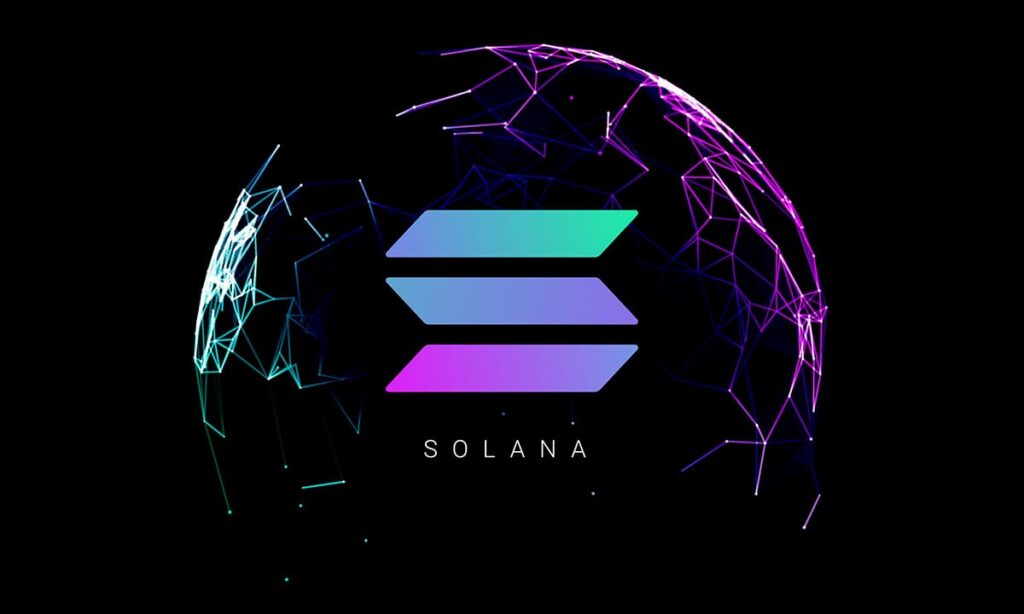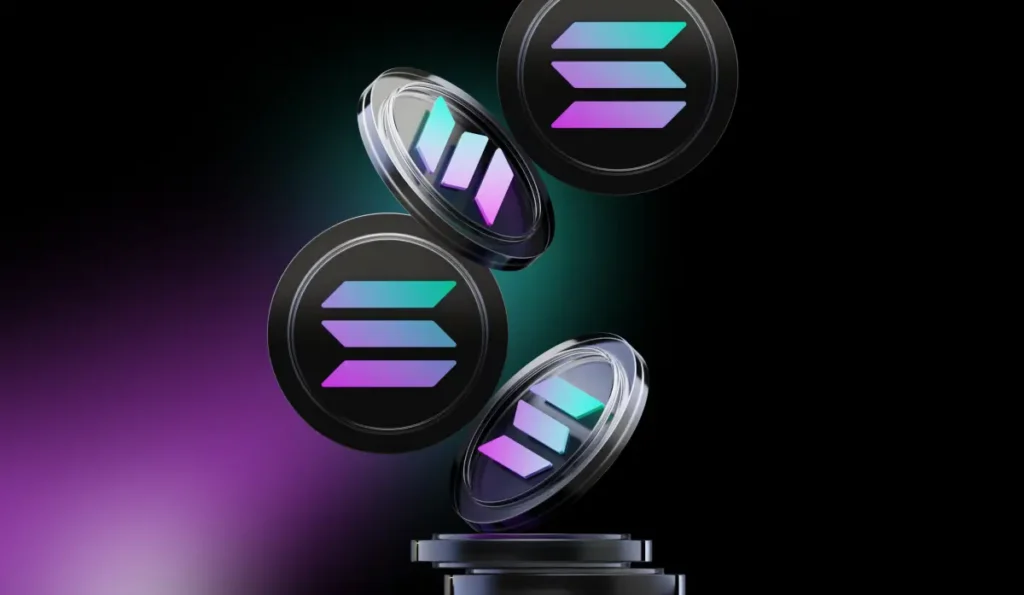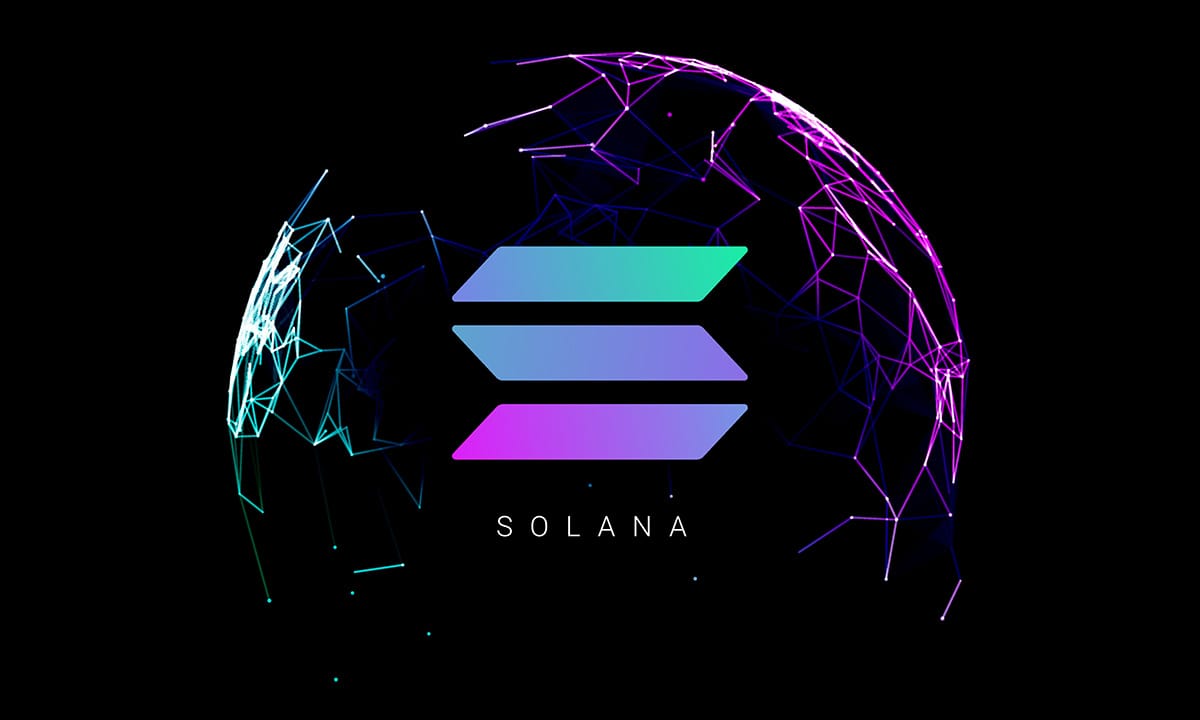In the ever-evolving landscape of cryptocurrency and blockchain technology, one name consistently pops up when conversations turn to speed, scalability, and groundbreaking innovation: Solana. Often touted as an “Ethereum killer” (though the reality is more nuanced), Solana has carved out a significant niche for itself, powering a new generation of decentralized applications (dApps) that demand high performance.


But what exactly is Solana? How does it achieve its impressive transaction speeds? And what makes it a platform to watch in the bustling crypto space? Let’s dive in.
What is Solana? The Need for Speed
Solana is a high-performance, open-source blockchain platform designed for scalability and speed. Launched in 2020 by Anatoly Yakovenko, a former Qualcomm engineer, Solana aims to overcome the throughput limitations that have plagued older blockchain networks like Bitcoin and, to some extent, Ethereum before its recent upgrades.
The core mission? To build a decentralized network that can support thousands of transactions per second (TPS) at a very low cost, making it suitable for mainstream adoption and complex applications like decentralized finance (DeFi), non-fungible tokens (NFTs), and Web3 gaming.
The Magic Behind the Machine: Solana’s Key Innovations
Solana’s impressive performance isn’t just a marketing claim; it’s built on a unique combination of innovative technologies. Here are some of the core components that give Solana its edge:
- Proof of History (PoH): This is arguably Solana’s most distinctive feature. PoH is not a consensus mechanism itself, but rather a cryptographic clock that creates a verifiable, historical record of the order of events on the blockchain before they are bundled into a block. Think of it as a timestamping service that allows nodes to agree on the time and sequence of transactions without extensive back-and-forth communication. This dramatically speeds up the process of reaching consensus.
- Tower BFT (Byzantine Fault Tolerance): This is Solana’s custom implementation of Proof of Stake (PoS) consensus that leverages the PoH clock. Because PoH provides a trusted order of events, Tower BFT can validate transactions much more efficiently.
- Turbine: A block propagation protocol. When a block of transactions is created, Turbine breaks it down into smaller, more manageable packets. These packets are then fanned out to a large number of random validators, reducing bandwidth requirements and speeding up the transmission of data across the network.
- Gulf Stream: This protocol pushes transaction caching and forwarding to the edge of the network. Validators can begin executing transactions even before they are finalized into a block, reducing confirmation times and the size of the mempool (the waiting room for unconfirmed transactions).
- Sealevel: Solana boasts the ability to process smart contracts in parallel. Unlike many other blockchains that process transactions one after another, Sealevel allows tens of thousands of smart contracts to run simultaneously without bogging each other down, significantly boosting overall throughput.
- Pipelining: A transaction processing unit that optimizes how input data is assigned to different hardware components (CPU, GPU, etc.), ensuring efficient validation and replication across all nodes.
- Cloudbreak: A horizontally scalable accounts database. This allows Solana to handle a massive number of concurrent transactions by optimizing reads and writes across the network.

Why Developers and Users are Flocking to Solana: The Benefits
Solana’s architecture translates into several compelling advantages:
- Blazing Speed: Solana can theoretically handle tens of thousands of TPS, a stark contrast to the slower speeds of many earlier blockchains. This means near-instant transaction confirmations.
- Ultra-Low Transaction Costs: Due to its efficiency, transaction fees (or “gas fees”) on Solana are typically fractions of a cent, making it highly economical for users and developers.
- Scalability: Designed from the ground up for scale, Solana aims to ensure that the network can grow to accommodate a global user base without sacrificing speed or affordability.
- Growing Ecosystem: A vibrant community of developers is building a wide array of dApps on Solana, spanning DeFi, NFT marketplaces, gaming, decentralized social media, and more.

The SOL Token: Fueling the Solana Ecosystem
The native cryptocurrency of the Solana blockchain is SOL. It serves several crucial functions within the network:
- Transaction Fees: SOL is used to pay for fees for sending transactions or running smart contracts on the network.
- Staking: SOL holders can stake their tokens with validators to help secure the network. In return, stakers earn rewards, contributing to the network’s consensus through the PoS mechanism.
- Governance: While still evolving, SOL is expected to play a role in on-chain governance, allowing token holders to vote on future upgrades and proposals for the network.
Real-World Applications: What’s Being Built on Solana?
The combination of speed and low cost has made Solana an attractive platform for various applications, including:
- Decentralized Finance (DeFi): Exchanges, lending protocols, and yield farming platforms thrive on Solana due to its efficiency.
- NFT Marketplaces: Minting and trading NFTs on Solana is significantly cheaper and faster, leading to a booming NFT scene.
- Web3 Gaming: Games requiring high transaction throughput and quick responsiveness are finding a home on Solana.
- Payment Solutions: The low fees and fast settlement make SOL a viable option for micropayments and everyday transactions.
Addressing the Hurdles: Challenges and Considerations
Despite its strengths, Solana has faced challenges. The network has experienced several outages or periods of degraded performance, raising concerns about its stability under extreme load. While the development team has been actively working to address these issues with network upgrades and optimizations, it’s a reminder that the technology is still relatively young and evolving. The concentration of SOL tokens among insiders and early investors has also been a point of discussion regarding decentralization.
The Road Ahead: Solana’s Promising Future
Solana represents a significant step forward in blockchain technology, demonstrating that high throughput and decentralization can coexist. Its commitment to solving the “blockchain trilemma” (balancing decentralization, security, and scalability) makes it a compelling platform for the future of Web3.
As the ecosystem continues to mature, its reliability improves, and more innovative dApps are launched, Solana is well-positioned to remain a leading force in the drive towards a faster, more accessible, and decentralized digital world. It’s a project that demands attention from anyone interested in the cutting edge of blockchain innovation.







